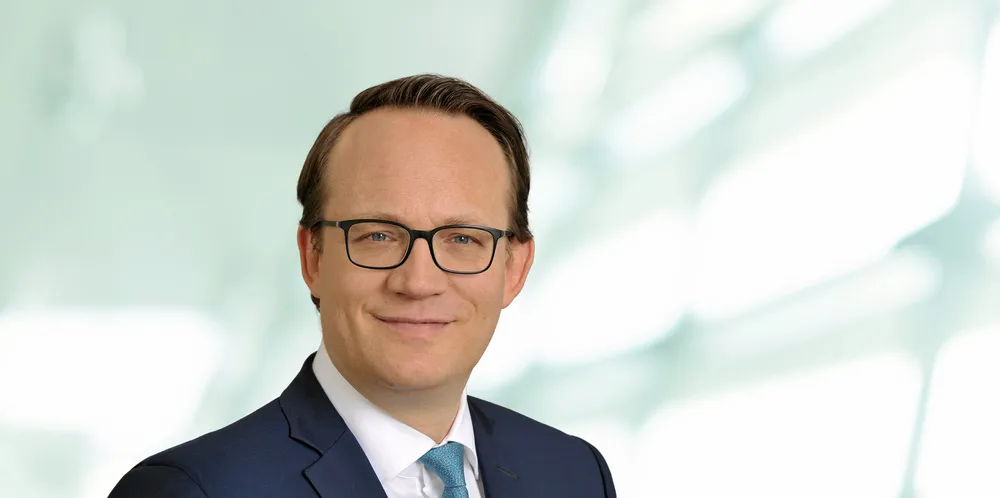Is there a perfect storm brewing in the offshore wind industry?
OPINION | The offshore wind industry can get through its current moment of self-doubt, writes RWE's Markus Krebber

In recent weeks, for the first time, offshore wind projects in Europe and the U.S. have been halted, mainly citing cost increases.
In other news, turbine manufacturers were once again in the red in their latest quarterly reports, with losses running into billions.
This is not good news, it’s in fact the worst-case scenario for the energy transition when large projects that have already been awarded are not realised as planned.
Happening at a time when the entire offshore industry has to scale up to achieve expansion targets, this quickly calls into question the achievement of climate protection goals.
In the North Sea alone, a planned total of 260GW will be generated from offshore wind by 2050, making it a green powerhouse for the littoral countries.
Given the large capacities of offshore wind assets and the high number of full-load hours, this technology has a crucial role to play in generating the large amounts of green energy needed and providing security of supply. At the same time, the levelised cost of electricity is lower than for conventional energy sources.
Against this background, the current development issues present a true dilemma, fuelled by a combination of factors including cost increases due to ongoing inflation and rising interest rates, as well as structural supply shortages and the strained state of supply chains.
This must serve as a wake-up call for policymakers to adapt the regulatory framework to market realities. Five areas of action can help navigate through the storm.
- A frontloaded auction schedule can increase the investment certainty for the whole industry. That includes the early auctioning of large sea areas.
- Grid connection of offshore wind farms have to be accelerated and developers need to have certainty about connection dates.
- Allowance for dual route-to-market: two-sided Contracts for Difference (CfDs) with inflation indexation as one element, and a second element which allows the marketing of offshore power to industrial customers through private PPAs. In addition, qualitative auction criteria can strengthen the European supply chain, sustainability, and deliverability.
- When auction schemes cap budgets, for example like CfDs in the UK, governments need to recognise the inflationary environment and that costs have gone up significantly. Sticking with the old assumptions of nominal cost reduction will simply slow down or stop offshore technology deployment.
- Direct and indirect financial support to stimulate investments in European manufacturing capacities and a master plan to secure access to vital raw materials.
In a nutshell: we need a framework that allows for more investment certainty for both manufacturers and developers.
At RWE, we are building and driving forward the development of several projects where we have been awarded the seabeds: in Germany, the UK, the Netherlands, Denmark, Ireland, Poland and the U.S.
To deal with the challenging market situation, securing financing and strong relationships with your supply chain are key. However, the right framework and policies, as outlined here, are imperative for offshore wind energy to realise its fullest potential in the future.